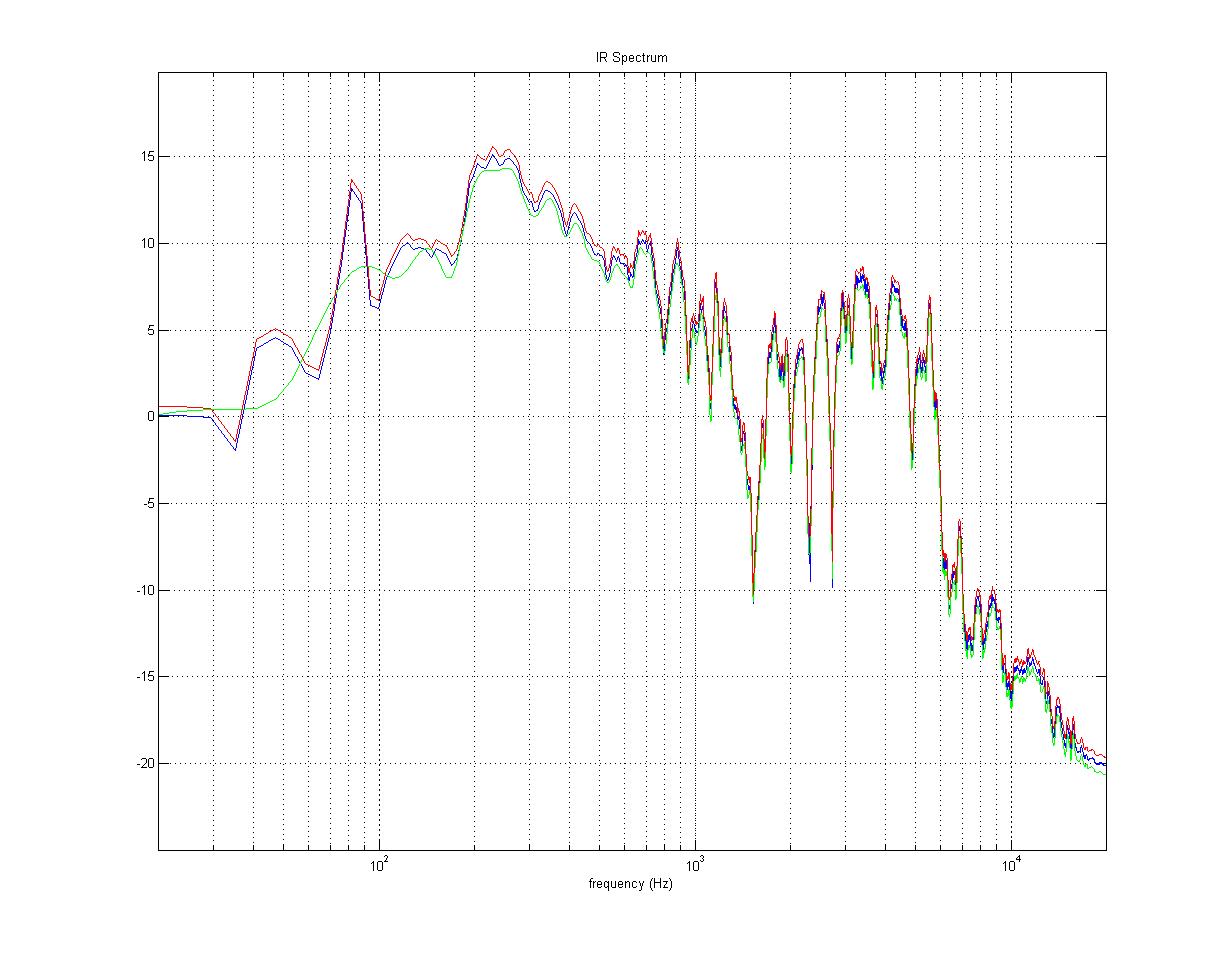brianv4
Fractal Fanatic
Genius...
So are you going to call this IR a "Rectal Cab" :triumphant: and how about a little teaser on mic placement and type? :encouragement:
Will it be a beaded ribbon mic, pulled back an inch, just off-center of sphincter edge? :stupid:
Re: "influence of the room" I think a touch of bathroom reverb might do the trick! :encouragement: :triumphant: :encouragement:
Ahh, and will it capture that coveted and elusive Brown Sound?:shock:?:roll Too far?
lol

